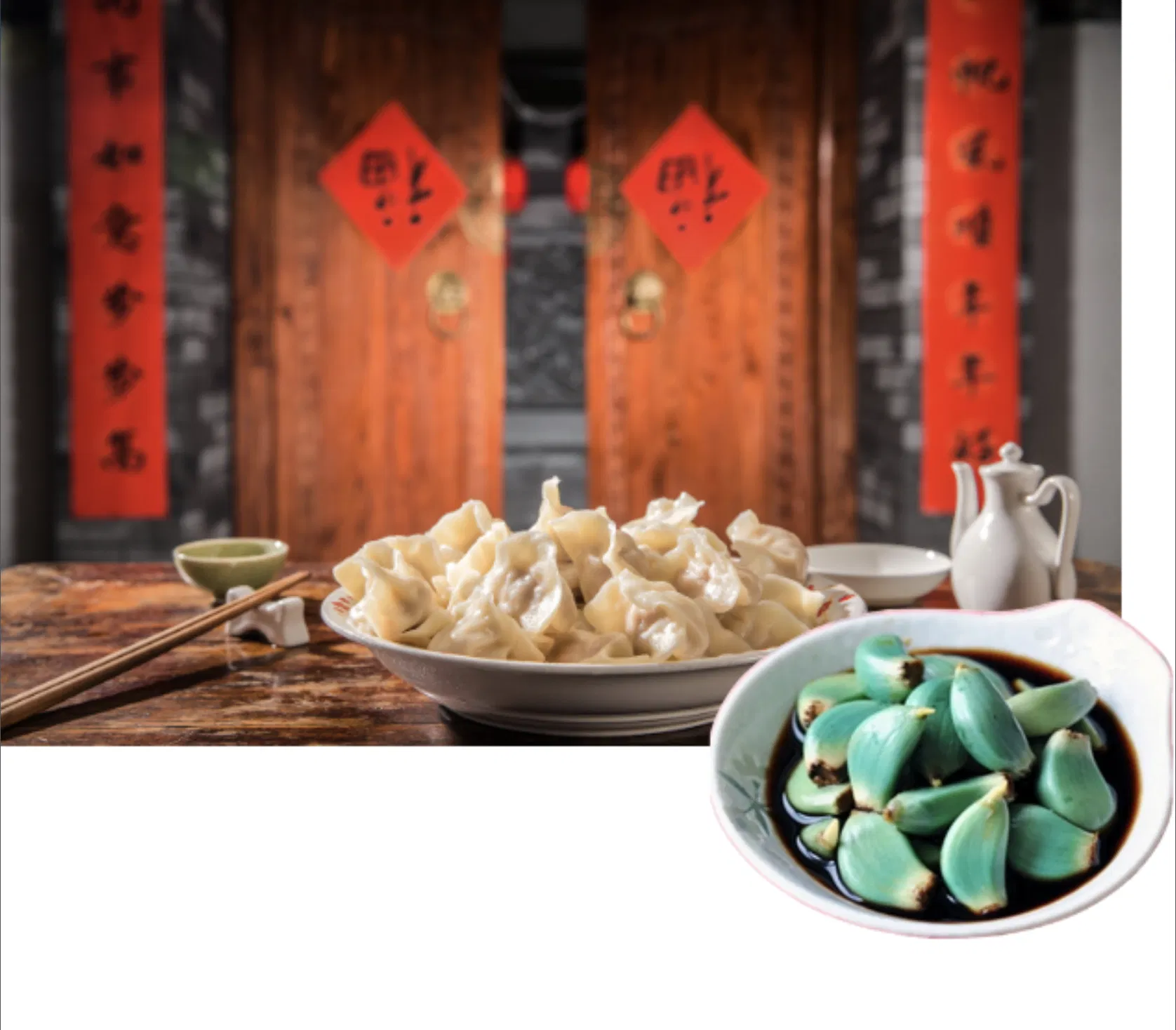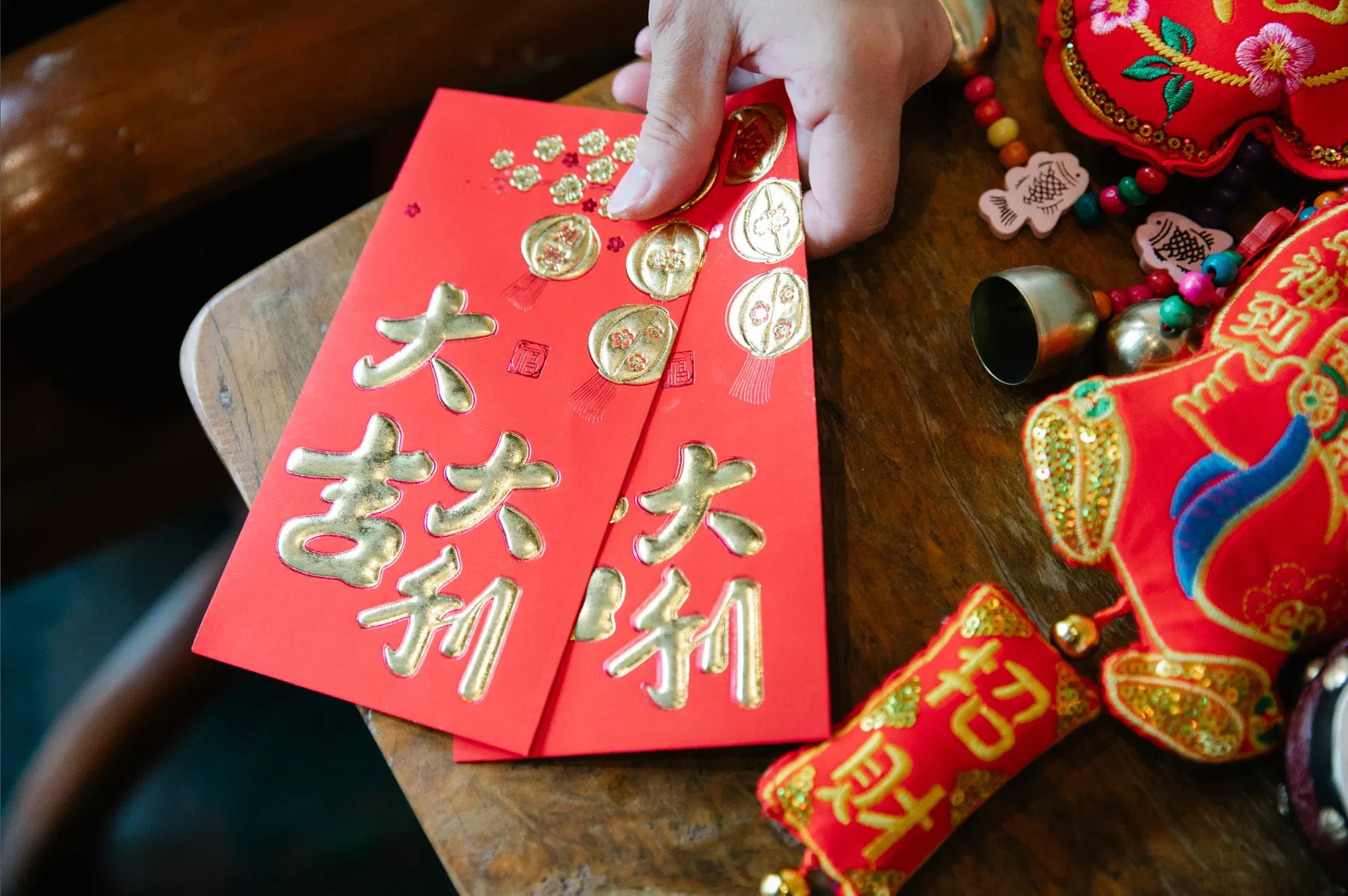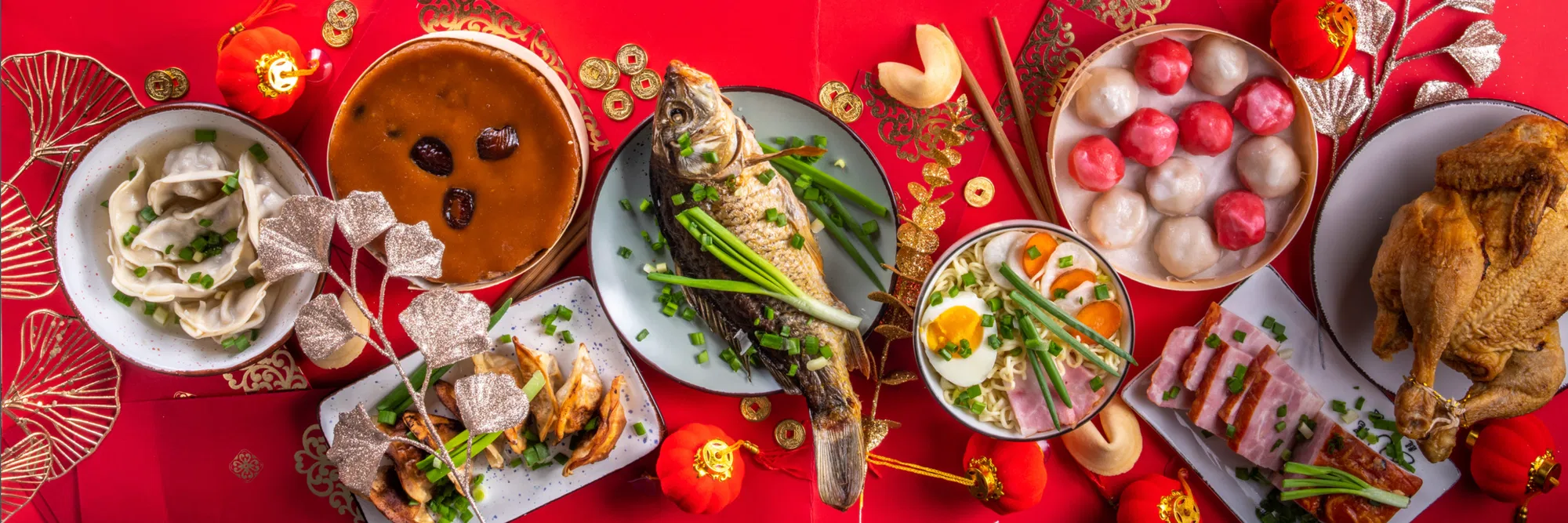Today marks the Laba festival, and a steaming bowl of Laba porridge heralds the start of the Chinese New Year. The saying goes: "After Laba comes the New Year", and indeed the Laba festival heralds the first chapter of this festive season. Traditionally celebrated on the eighth day of the twelfth lunar month, the festival commemorates the Buddha's enlightenment and has evolved into a time of blessing and gratitude for a bountiful harvest. In addition to laba porridge, there is a special custom of preparing laba garlic in the northern regions of China.
Laba garlic is made by soaking the garlic cloves in vinegar on the day of the Laba festival. Over time, the garlic takes on a greenish hue, sometimes even a jade-like colour. This transformation is considered a sign of perfectly "matured" Laba garlic. By the Spring Festival, after about twenty days of soaking, the garlic cloves have a spicy, piquant flavour and the vinegar - now known as laba vinegar - takes on a unique garlicky pungency.
During Chinese New Year, dumplings are a staple food in many northern households. Combining them with laba garlic and dipping them in laba vinegar has become a classic culinary tradition. Laba garlic not only goes well with dumplings, but is also used to enhance cold dishes, giving them a refreshing and appetising flavour. This simple but ingenious custom brings a touch of joy to the festive table and epitomises the anticipation of reunion and happiness.
After the Laba festival, the festive atmosphere only gets stronger. In 2024, the Chinese New Year reached an important milestone when it was officially added to the UNESCO list of intangible cultural heritage. In addition, the Chinese Lunar New Year was officially declared a global holiday by the United Nations in 2023. This emphasises the growing global influence and significance of the festival.
Traditionally, preparations for the New Year festival begin on the 23rd or 24th day of the twelfth lunar month, known as the Lesser New Year. On this day, households honour the Kitchen God and pray for blessings and protection. This is followed by a whirlwind of festive preparations. The house is cleaned to drive away bad luck, new clothes are bought and Spring Festival couplets are written. Even the windows are decorated with artistic paper cuttings. The whole month is permeated with joyful anticipation.
The highlight of the celebrations is Chinese New Year's Eve, the most festive night of the year. Families gather for a big reunion dinner with symbolic dishes such as fish (symbolising abundance and plenty) and dumplings (in the shape of ingots, symbolising wealth). As night falls, fireworks light up the sky and the sound of firecrackers fills the air. Families stay up late to ring in the New Year. At midnight, the elders hand out red envelopes of money, known as lucky money, and wish the younger generation luck and prosperity.
The festive atmosphere extends far beyond New Year's Eve. From the first to the fifteenth day of the lunar month, a variety of festivities take place. On the first day, people visit relatives and friends and exchange blessings, while children eagerly collect red envelopes. On the fifth day, the day of the division of five, people greet the God of Wealth in the hope that he will drive away misfortune and bring prosperity. The festivities reach their climax on the fifteenth day, the Lantern Festival. On this day, people eat sweet rice dumplings (which symbolise family unity), enjoy the shining lanterns and solve riddles written on lanterns.
From the Laba Festival to the Lantern Festival, this time is not only a feast for the palate, but also a celebration of Chinese culture. It reflects the deep affection for family, the pursuit of happiness and the enduring vitality of tradition. Today, Chinese New Year is a cultural treasure shared with the whole world, spreading its universal message of reunion and joy across borders.



